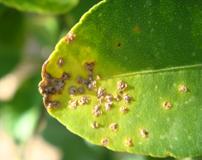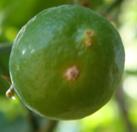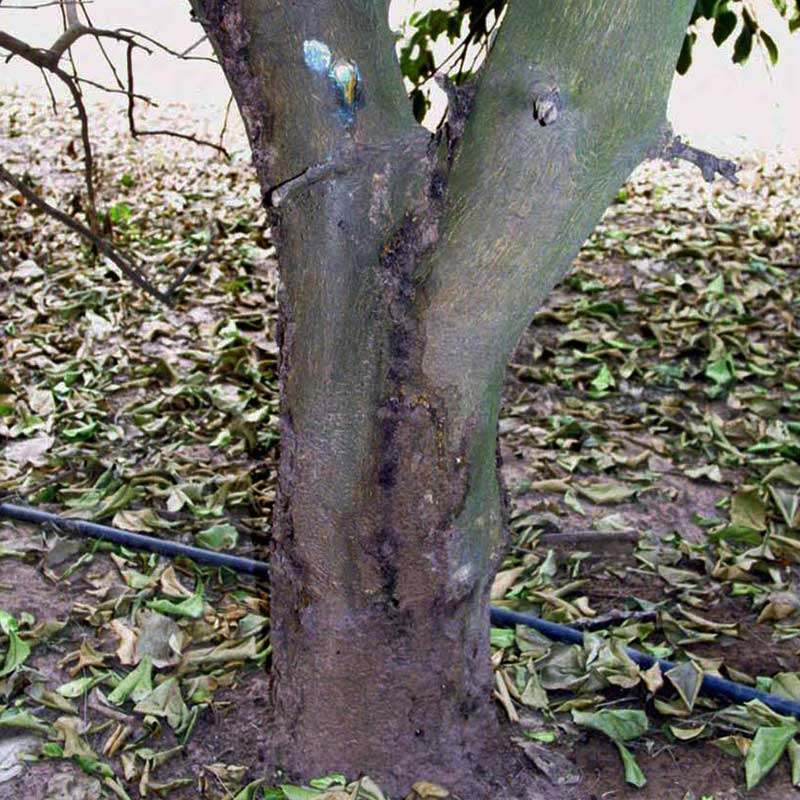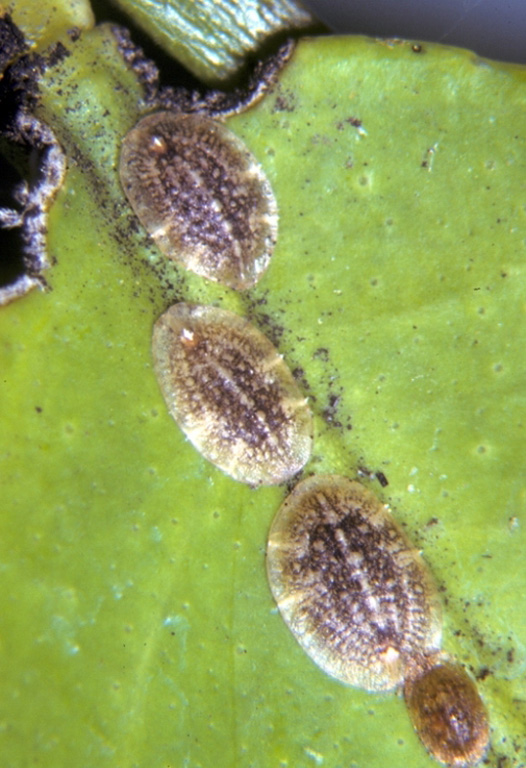Soil –
Climate –
The crop can be cultivated in both Tropical and subtropical climate
Fertilizer requirement
| Age of crop (Year) | Well decomposed cow dung (kg/tree) | Urea (gm/tree) |
| First to three year | 5-20 | 100-300 |
| Four to Six | 25-50 | 400-500 |
| Seven to Nine | 60-90 | 600-800 |
| Ten and above | 100 | 800-1600 |
Nutrient requirement
Legumes and vegetable crops can be raised during pre-bearing age
1.Nitrogen
|
| Deficiency Symptoms |
|
| Correction Measure |
Foliar spray urea 2% at 15 days interval. |
2.Potassium
|
| Deficiency Symptoms |
|
| Correction Measure |
Foliar spray of KNO3 2% at fortnightly interval. Application of 200g N, 100g P2O5 and 200 g K2O / tree/year. |
3.Boron
|
| Deficiency Symptoms |
|
| Correction Measure |
Foliar spray of borax @ 0.5% |
4.Copper
|
| Deficiency Symptoms |
|
| Correction Measure |
Foliar spray of CuSO4 each 0.5% at fortnightly interval. |
5.Iron
|
| Deficiency Symptoms |
|
| Correction Measure |
Foliar spray of FeSO4 @ 0.5% twice at fortnight interval. |
6.Manganese
|
| Deficiency Symptoms |
|
| Correction Measure |
Foliar spray of 0.5% MnSO4 at fortnightly interval. |
7.Zinc
|
| Deficiency Symptoms |
|
| Correction Measure |
Foliar spray 2% ZnSO4 with 1% lime at fortnightly interval |
1) Citrus Canker : Xanthomonas campestris pv citri


Symptoms-
Management-
2) Gummosis : Phytophthora parasitica
Symptoms-
Management-
3) Powdery mildew:

Management-
4) Black Spot :
Symptoms-
Management-
5) Collar Rot :

Symptoms-
Management-
1) Leaf miner :
Symptoms-
Management–
2) Citrus Psylla :
Symptoms-
Management-
3) Scale Insects :

Symptoms-
Management-
4) Aphids
Symptoms–
Management-
25 t /ha /year.
